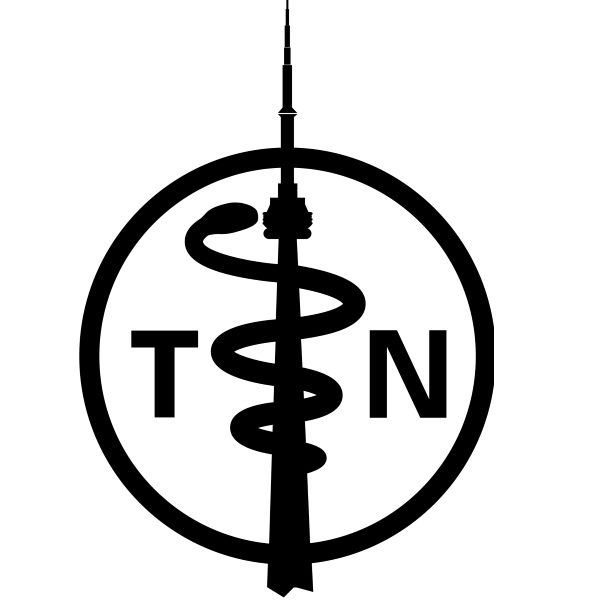Case 2 – Sore Throat
You are seeing Tom, a 10 year old boy, in your outpatient clinic today for a sore throat. Take a focused history of his complaint and perform the relevant physical examination.
History
- Onset of sore throat
- Severity
- Alleviating factors
- Aggravating factors
- Change in voice
- Presence of fever
- Odynophagia
- Associated cough, sputum production
- Shortness of breath
- Neck tenderness and swelling
- Otalgia
- Recent upper respiratory illness
- Personal history of throat infections
- Infectious contacts
- Allergies to medication
- Vaccination history
- Development history
Physical Examination
Oropharynx
- Uses tongue depressor and light to examine oropharynx
- Comments on the presence of erythema and exudates in oropharynx
- Comments on other findings in the oropharynx e.g. enlarged tonsils, lesions, deviated uvula
Node Examination
- Palpates the lymph nodes of the head and neck
- Names the nodal regions which are being palpated
- Comments on the size, texture, mobility, and location of nodes that are identified
- Asks patient about tenderness during examination
Respiratory
- Auscultates in all lung fields
- Comments on findings
